HPCL Civil Engineer Mock Test - 3 - HPSC (Haryana) MCQ
30 Questions MCQ Test HPCL Civil Engineer Mock Test Series 2024 - HPCL Civil Engineer Mock Test - 3
Directions: Each item in this section consists of a sentence with an underlined word followed by four words/group of words. Select the option that is nearest in meaning to the underlined word and mark your response on the answer sheet accordingly.
The restaurant is known for its sumptuous dishes that delight the taste buds.
Select the most appropriate ANTONYM of the underlined word.
An autoimmune disease is a condition in which your immune system mistakenly attacks your body.
| 1 Crore+ students have signed up on EduRev. Have you? Download the App |
In a single throwing of a dice, the probability of getting more than 4 is 1/3 then probability of getting 4 or less than 4 will be
Select the correct mirror image of the given figure which will be formed when the mirror is placed on MN as shown below.
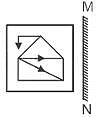
Directions: Each item in this section has a sentence with three underlined parts, labelled as (a), (b) and (c). Read each sentence to determine whether there is any error in any underlined part and indicate your response on the Answer Sheet against the corresponding letter, i.e., (a) or (b) or (c). If you find no error, your response should be indicated as (d).
The politicians (a)/ parted ways (b)/ due towards ideological differences. (c)/ No error (d)
You are given a question and two statements I and II. You have to decide whether the data provided in the statements are sufficient to answer the question.
On which date of month was Harish born in February 2000?
Statements:
I. Harish was born on an even date of the month.
II. Harish’s birth date was a prime number.
A question is given, followed by two statements labelled I and II. Identify which of the statements is/are sufficient to answer the question.
Question:
In a certain code language, "pu ma kas' means 'we eat mangoes'. What is the code of 'mangoes'?
Statements:
I. 'la ti kas' means 'we are graduate'.
II. 'hum tup pu' means 'they eat bananas'.
If  and θ is an acute angle, then the value of
and θ is an acute angle, then the value of  is:
is:
Choose the word that means the same as the given word.
Edacious
If you don't have a place to stay, you can't get a job, and with no job you can't get an apartment. It's a Catch 22 situation.
Choose the word that means the same as the given word.
Jarred
If 1 is added to each even digit and 2 is subtracted from each odd digit in the numbers given below, then what will be the product of the second digit from the left and third digit from the right in the new number thus formed?
(Left) 56897423 (Right)
P. A weir is a hydraulic structure where majority or the entire ponding is achieved by a raised crest and smaller part or nil part by the shutters.
Q. A weir is a hydraulic structure that is made by constructing the width of the channel only.
R. A barrage is a hydraulic structure that is made by creating a choking condition only.
S. A barrage is a hydraulic structure where majority or the entire ponding is achieved by a shutter and smaller part or nil part by the raised crest.
Identify the correct statements in the above.
Four concurrent forces are acting at a point O as shown in figure. What would be the component of the resultant force in the X direction?
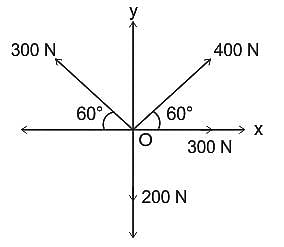
The vertical stress at point P1 due to the point load Q on the ground surface as shown in the figure is σz. According to Bossiness's equation, the vertical stress at point P2 shown in the figure will be
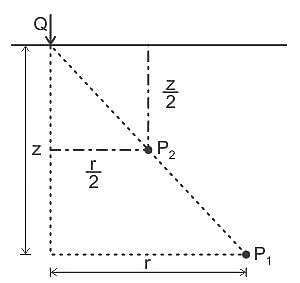
As per IRC : 73-1980, the width of the carriageway for double lanes (with raised curbs) is
Consider the following for bending stress induced in a beam:
(i) Directly proportional to modulus of elasticity,
(ii) Inversely proportional to curvature and
(iii) Inversely proportional to radius of curvature
Which one of the following is correct answer?Match List - I with List - II and select the correct answer using the codes given below the lists:

In case of unequal angle section oriented with longer leg vertical, axis parallel to shorter leg of the angle and passing form centroid of cross-section is______
The amount of residual chlorine left in public water supply for safety against pathogenic bacteria is about:-
In vacuum flotation unit, the vacuum pressure present in the aerated sewage cause the air bubbles to:
On the basis of its function, power plants comes under which type of construction project ?
Which one of the following is the CORRECT sequence for a train in order to pass over the turnout from the facing direction?
The rivets in an eccentrically loaded riveted joint are shown in figure below,

Which rivets will be stressed to maximum?


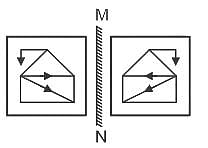






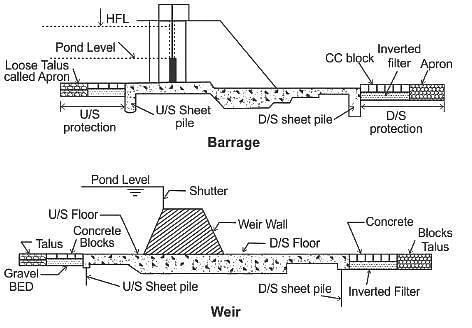

 - 300 x
- 300 x 

 ,
, 

 ,
,



 =
=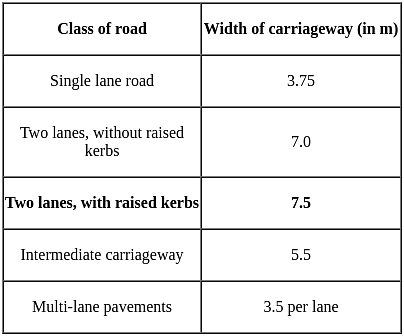

 times the area of reinforcement provided the mid-span in the same direction shall be provided.
times the area of reinforcement provided the mid-span in the same direction shall be provided.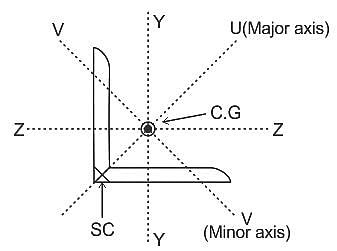





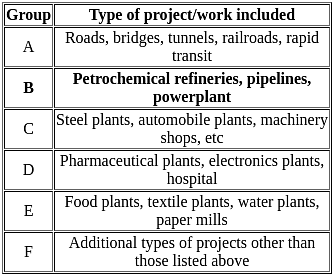
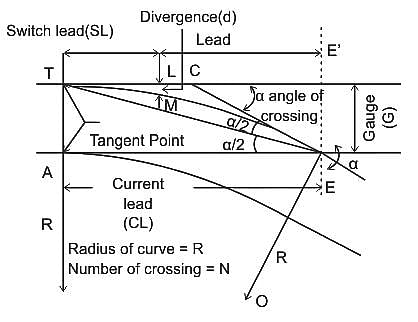

 for rivet 1 and similarly for other rivets by changing r2, r3 and r4 in the numerator.
for rivet 1 and similarly for other rivets by changing r2, r3 and r4 in the numerator.
















